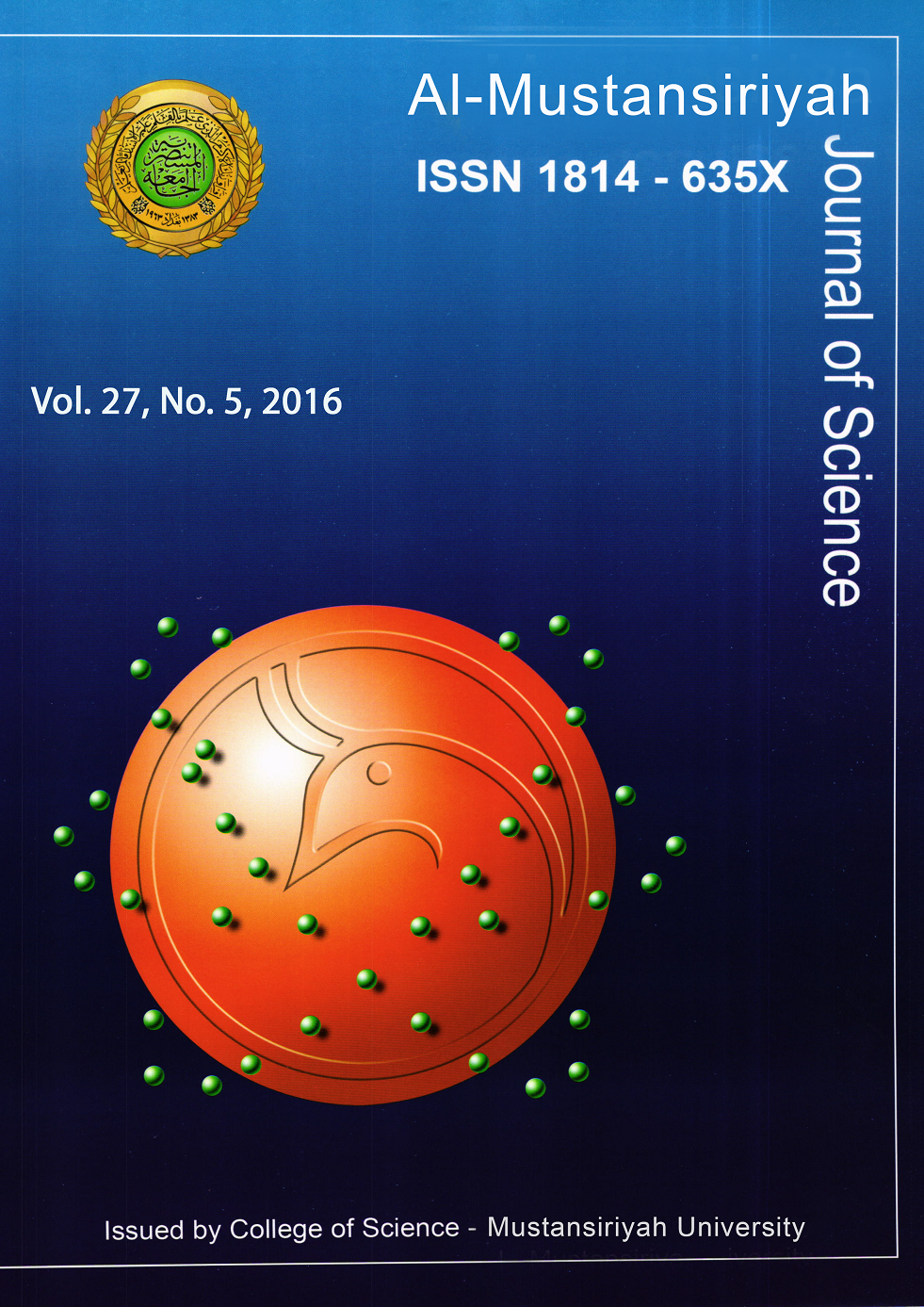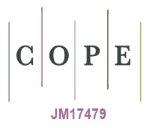Antimicrobial Effect of Bacteriocin produced Pediococcus pentosaceus on some clinical isolates
DOI:
https://doi.org/10.23851/mjs.v27i5.163Keywords:
Antimicrobial, Bacteriocin, Pediococcus pentosaceus.Abstract
About 10 isolates of Pediococcus sp were isolated from different cheese made in Iraq, These isolates were identified morphologically and biochemically and Api20 kit, thus there was only 6 isolate were identified as Pediococcus pentosaceus (60%).In this study, we investigate, the effect of crude Bacteriocin from Pediococcus pentosaceus on 30 clinical isolates (5 E.coli, 5 Klepsiella pneumoniae, 5 Staphylococcus aureus, 5 Pseudomonas aeroginosa, 5 Bacillus subtilis, 5 Candida albicans). The protein concentration of this Bacteriocin was measured 67mg\ml by Bradford method and used as (1:2) by vol during the measuring the antimicrobial activity against the above clinical isolates by two methods wells and agar plug assay. The results showed that the inhibitory activity of this Bacteriocin was higher by wells method than agar pluq assay against Gram–positive bacteria or Gram-negative bacteria and yeast under this study.
Downloads
References
Genome Portal, Pseudomonas syringae B728a, University of Calefornia http://genom.jg:psf.org/finishedmicrobes/pedpe.hime.html(2007).
Hassan, Y.I. & Bullermann, L. (2008). Antifungal activity of Lactobacillus paraseissptolerans isolated from a sourdough bread culture. International Journal of Food Microbiology, 121: 112-115.
https://doi.org/10.1016/j.ijfoodmicro.2007.11.038
PMid:18077044
Makarova, K.; Slesarve, A.; Wolf. Y.; Sorokin, A.; Minkin, B. & Milles, D. (2006) "Comparative of lactic acid bacteria" proc. Natl. Acad. Sci. U.S.A., 103 (42): 15611-1616.
https://doi.org/10.1073/pnas.0607117103
PMid:17030793 PMCid:PMC1622870
Osmangaoglu, O.; Beyatli, Y. & Gunduz, U. (2001). "Isolation and characterization of Pediococcus producing Pedioccocus pentosacceus pep 1 from vacume packed sausage. Turkish Journal of Biology. 25: P133-143.
Pritched, G. & Coolbear, T.C (1993). The physiology & biochemistry of the proteolytic system in lactic acid bacteria "FEMS Micro biology reviews, : 179-206.
https://doi.org/10.1111/j.1574-6976.1993.tb00018.x
Staley, J.T. & William, S.S.T. (1994). Bergys' Manual of Determinative Microbiology. 9th ed. William sand wilkins company. Baltimore, Maryland. U.S.A.
Gupta., U.; Radramma, A.; Rati, E.R. & Joseph, R. (1998). Nutritional quality of lactic acid fermental bitter international. J. food. Sci and Nutrition, 49 (2): 101-108.
Bradford, M.M.A. (1976). Arapid & sensitive method for the quantition of microgram quantities of protein utilizing the principle of protein-dye binding. Anal Biochem., 72: 248-254.
https://doi.org/10.1016/0003-2697(76)90527-3
Piva, A.; Tleadon, R. & Pediocin, A. (1994) Bacteriocin produced by pediococcus pentosaceous FBB61. J. Microbiol., 140: 697-702.
https://doi.org/10.1099/00221287-140-4-697
PMid:8012591
Mehdi, L.H.; Shatha, A.S. & Hamzia, A.A. (2014) Effect of crude and purified Bacteriocin on pediococcusp. On the Growth and zearalenone production by Fusarium graminearum International. J.C.E. current Engineering & Techiology, 4 (1). P-ISSN2347-5161.
Venkateshwar, S.; Halam, P.M. & Vizayendra, S. V. (2010). Characterization of heat sTable bacteriocin, producing and vancomycin-sensitive Pediococcus pentosaceus CFRB19 isolated from beans. Beneicial Microbes, 1:159-164.
https://doi.org/10.3920/BM2009.0032
PMid:21840803
Wu, C.W.; yin, L.J. & Tiang, S.T.(2004). Purification and characterization of bacteriocin from Pediococcus pentosaceus ACCEL.J. Agrc. Food chem, 52:1146-1151.
https://doi.org/10.1021/jf035100d
PMid:14995112
Schnurer, J. & Magnnsson, J. (2005). Antifungal lactic acid bacteria as biopreservatives. Trends Food Sci Techno, 116: 70-78.
https://doi.org/10.1016/j.tifs.2004.02.014
Taher, N.A. (1998). A study on Actinohodine-like substance production by Streptomyces IQ45. Msc. Thesis, college of science, AL-Nahrain university, Baghdad, Iraq.
Downloads
Key Dates
Published
Issue
Section
License
(Starting May 5, 2024) Authors retain copyright and grant the journal right of first publication with the work simultaneously licensed under a Creative Commons Attribution (CC-BY) 4.0 License that allows others to share the work with an acknowledgement of the work’s authorship and initial publication in this journal.






















